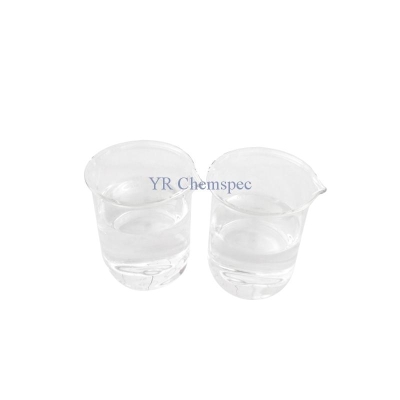-
Categories
-
Pharmaceutical Intermediates
-
Active Pharmaceutical Ingredients
-
Food Additives
- Industrial Coatings
- Agrochemicals
- Dyes and Pigments
- Surfactant
- Flavors and Fragrances
- Chemical Reagents
- Catalyst and Auxiliary
- Natural Products
- Inorganic Chemistry
-
Organic Chemistry
-
Biochemical Engineering
- Analytical Chemistry
- Cosmetic Ingredient
-
Pharmaceutical Intermediates
Promotion
ECHEMI Mall
Wholesale
Weekly Price
Exhibition
News
-
Trade Service
1.
[Detection principle]
Normal milk has a relative density of 1.
Using the physical properties, it is measured with a milk consistency meter
[equipment]
Kit composition
[Operation method]
Take 200mL of the sample mixed at a temperature of 10~25℃, carefully pour it into a 250mL graduated cylinder along the wall of the cylinder (do not cause foaming).
[Result judgment]
When the temperature is at 20°C, the density of milk can be obtained by taking the reading of the milk consistency meter/1000+1
In the formula, D—the density of milk;
x—The reading of the milk consistency meter
Example: The sample temperature is 18°C, the milk consistency meter reads 28°C, the diagonal reading of 18°C and 28°C is 27.
Where x 2 ——estimated water content;
D 1 ——The relative density of normal milk expressed by the degree of milk consistency (for example, if the density of normal milk is 1.
D 2 ——The relative density of the tested milk expressed by the degree of milk consistency
Example: The relative density of the tested milk is 1.
Note: The relative density of skimmed milk will increase, and the relative density of whey can be used to identify it
2.
Soy milk contains saponin, which can be dissolved in hot water or hot alcohol , and reacts with NaOH to form a yellow compound
With the above method, a blank control experiment needs to be done at the same time
3.
In order to increase the consistency of milk and the content of non-fat solids, illegals often mix starch and dextrin into milk, or directly add starchy substances such as rice soup and noodle soup
.
We can use the principle that starch substances turn into blue or blue-violet when they meet iodine
.
The method is to add 20 mL of milk sample to the Erlenmeyer flask, heat it to boil and concentrate appropriately, and add a few drops of iodine after cooling
.
If the sample contains the above-mentioned starch substances, it will appear blue, and if it contains dextrin, it will appear purple-red; normal milk has no color reaction
.
Related Links: Quick Identification of Milk Freshness






